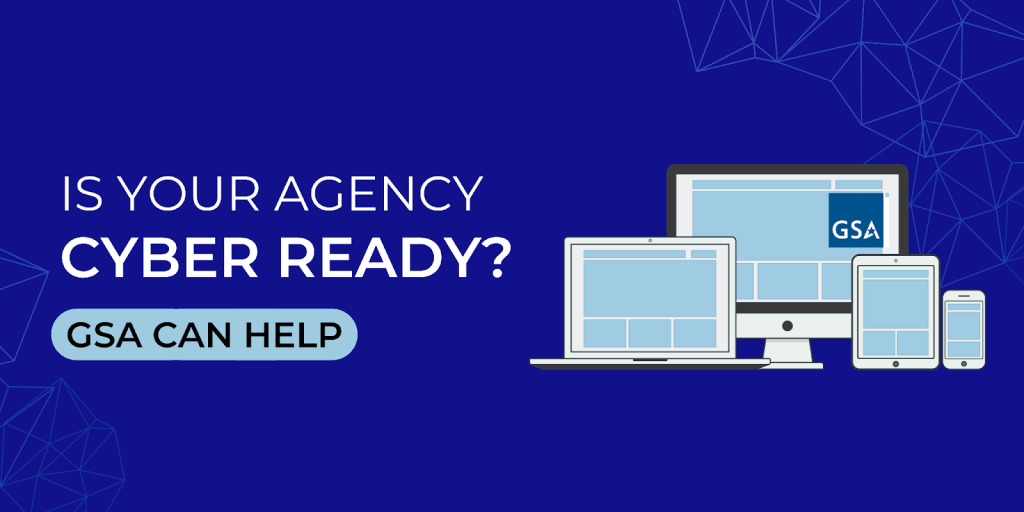This year marks the 20th anniversary of the enactment of the eGov Act, and I was recently asked in an interview what I felt had changed the most in the federal technology market and what had stayed the same. It was an interesting conversation, and so I’d like to share my thoughts with you.
Changing times, evolving technology
In 2002 your work revolved around your office building and your desk. Most everyone in government was tied to their office because of the technology at the time — desktop computers and desk phones.
Now think back to when you got your first Blackberry. I think it was 2004/5 for me. All of a sudden you could access your email on the go and connect to your headset wirelessly through Bluetooth.
Then of course the iPhone came in 2007 and has since changed everything. So, while I still have a desk at GSA’s central office, I haven’t had a desk phone in almost a decade or a desktop computer in two decades — today, I work from a laptop and a mobile phone.
In terms of the federal technology market, we are once again seeing two big technological trends that are radically transforming how we all operate: the shift to telework and cloud adoption.
Cloud adoption and telework
The pandemic hammered home the value of flexibility and collaboration. GSA invested in an efficient mobile workforce long before COVID hit, and that investment paid off. Our teams adapted quickly to full-time telework, enabling us to rapidly turn around and help other agencies do the same.
Part of the reason we were able to move so quickly was because we had embraced cloud computing early by investing in modern network architecture using GSA’s Networx contract.
That’s the second driver of modern government, the flexibilities afforded by the wide-scale adoption of commercial cloud services, which link the physical world to our virtual environments.
Think about the interview that inspired this blog post and how that content reaches its government audience. Twenty years ago, we’d record the interview, and the audio would play on a regional radio station. That’s the only way the audience would experience it.
Now, you can use a desktop, laptop, tablet, or mobile phone, (or a landline) not just to listen, but to participate. You can chat or post a question, and get a response in real-time. We have captioners (or AI/bots) who listen, transcribe, and produce a running transcript, and even video interpreters who can translate the conversation into American Sign Language.
The cloud-based software-as-a-service we use takes all these inputs and outputs raw data, which is stored and accessed securely within a FedRAMP-authorized environment. All that data is logged and analyzed in real-time while a host of systems operate in the background to defend against malicious actors.
Finally, it all gets encrypted and exits the platform, travels through the open Internet, and crosses the threshold back into a given federal network through Trusted Internet Connections. There are many types of “federal networks” ranging from a wired wide area network at an agency’s headquarters to someone’s home Wi-Fi, accessed through a Virtual Private Network and managed by a trusted vendor.
You may still catch that interview on the radio, but you can also experience it anytime from any device.
Every one of these services must be procured correctly, and that’s what GSA’s contracts ultimately provide.
Shared services — effective and efficient
When done right, a complex resource like what I described above isn’t limited to one department, rather it’s a service that becomes easily available to every employee of the agency — a shared service.
The benefits of such an acquisition are enjoyed across the entire enterprise, and that might be the most exciting change — that government agencies are starting to plan and buy IT more as a single enterprise than a loose collection of disparate parts.
This is federal category management in action. Internally, we’ve restructured our program units to better support enterprise offerings like managed services.
What once was called our office of Telecommunications Services is now Enterprise Technology Solutions because customers increasingly want secure, simple, and flexible capabilities that run on top of traditional networks.
Shared services have both stayed the same and evolved. I have two of the original e-Gov services in my portfolio with USAccess and the Federal Public Key Infrastructure program. Agencies still rely on these offerings every day, and they go a long way to reducing duplication of effort.
GSA, here to help
Of course that’s only the first part of the question. What hasn’t changed is the hard work and dedication of public servants and industry partners working hand in hand to ensure each agency fulfills its mission.
Visit our website to learn more or use our IT Solutions Navigator to find the vehicle that’s right for you.
Follow ITC on Twitter and LinkedIn, and subscribe for blog updates.
